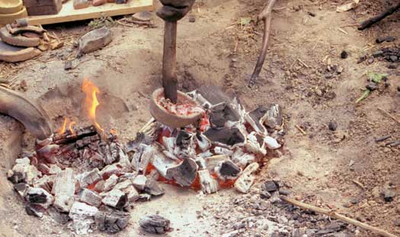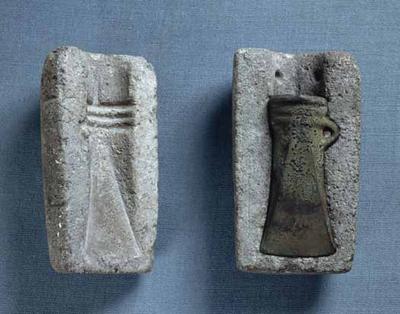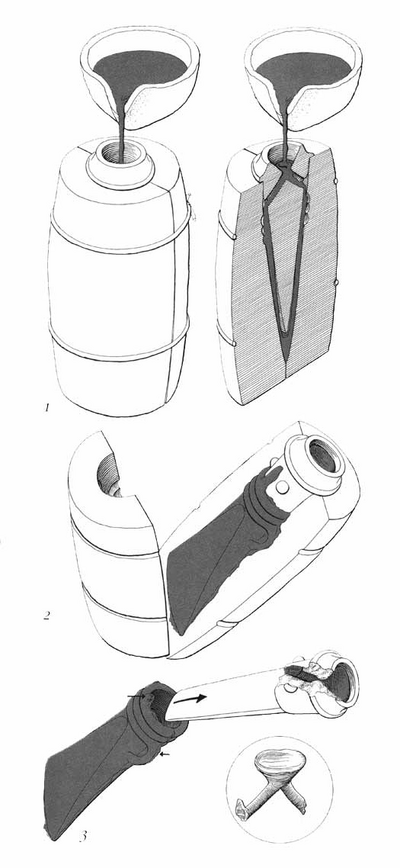North-south exchanges in the Bronze Age
Adding tin to copper created a new alloy, bronze. The use of this metal has given its name to the Bronze Age period. Bronze is harder than copper, which is the metal that was used until the introduction of the new alloy. Bronze tools and weapons had sharper edges. Bronze’s melting point is also lower than copper’s, so it is easier to produce. The need for the new metal made it necessary to travel south, as these raw materials were not available in Denmark. Connections criss-crossed Europe. The North was linked with a network that reached all the way to the sunlit world of the Mediterranean. The wakes of the ships crossing the Baltic and sailing the river routes into Europe have long since disappeared. The only evidence left of these journeys are the goods that the travellers brought back with them.



